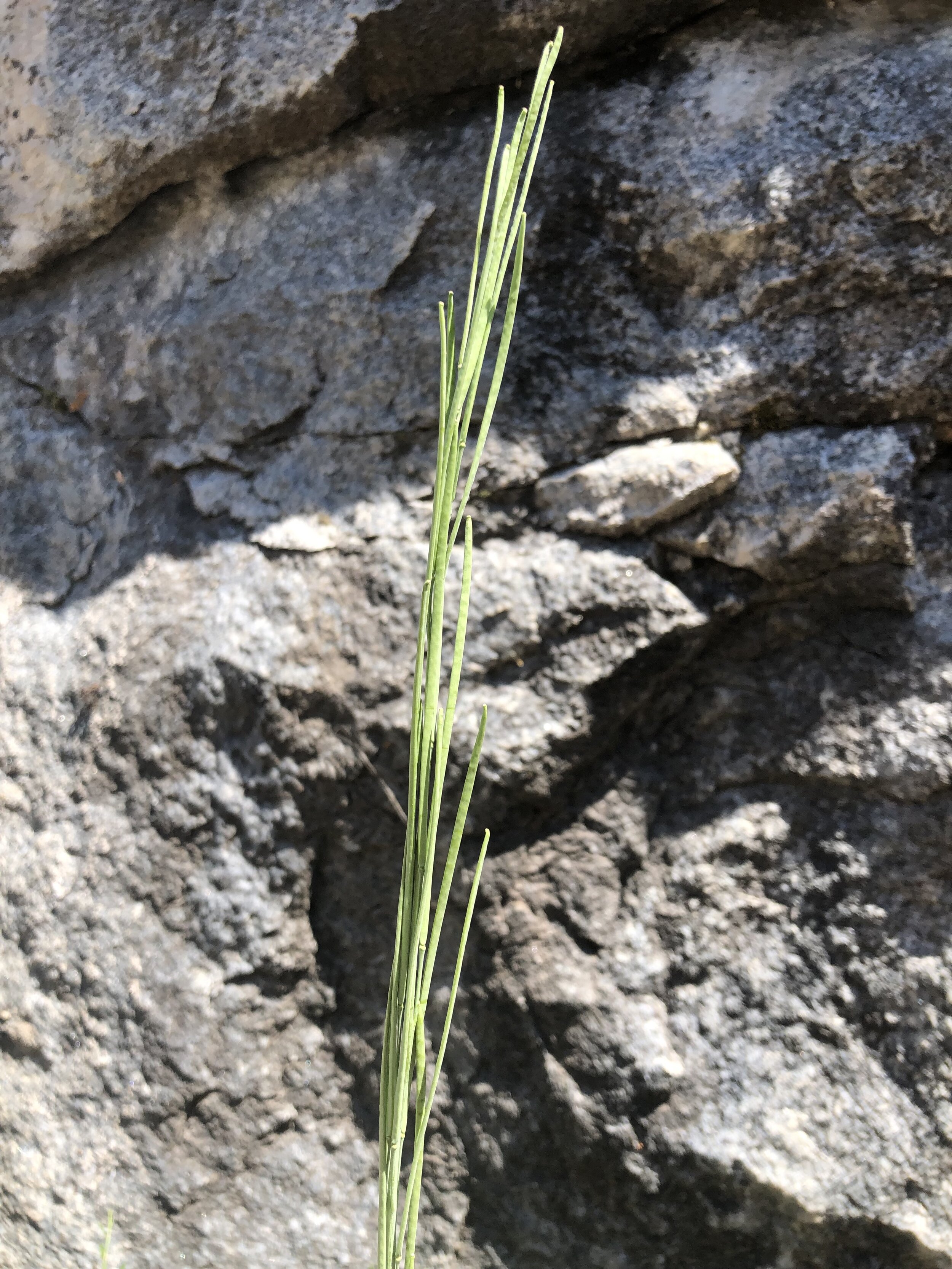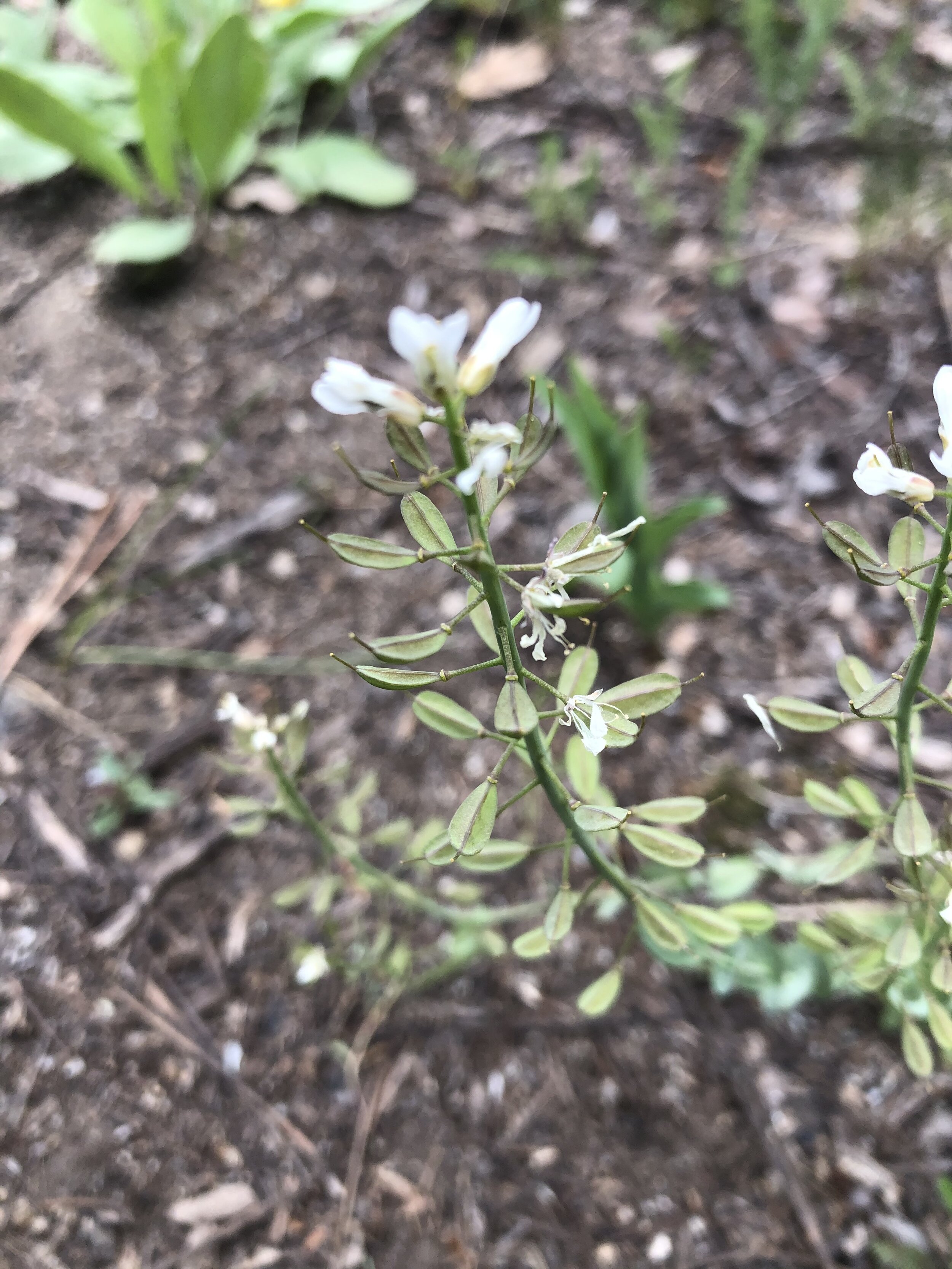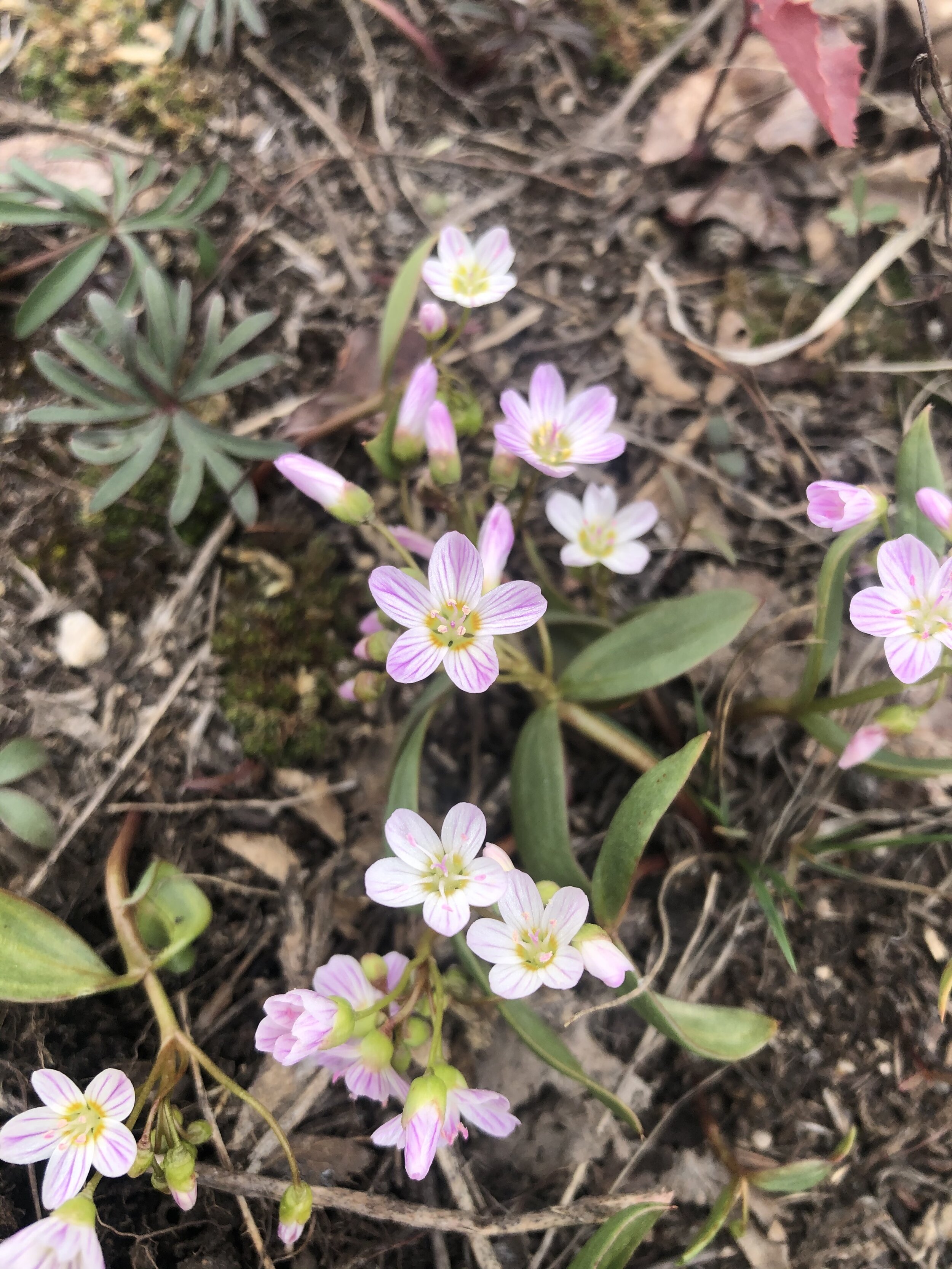Erodium cicutarium, April 29, 2021
Common & scientific name
Filaree, Erodium cicutarium
Family
Geranium, Geraniaceae
Location
Weller Curve roadside, 9,000’
Fun, weird, helpful, or little known fact
While most people view (and treat) Filaree as a weed, according to the supremely excellent Southwest Colorado Wildflowers website, “The most eminent 19th century [botanist] John Torrey indicated in 1852, that this plant ‘is widely spread over the western part of North America, from the Rocky Mountains to the Pacific, and is doubtless indigenous.’”
I can’t recommend the above website enough. It is an amazing resource for all who love Colorado’s wildflowers: www.swcoloradowildflowers.com















